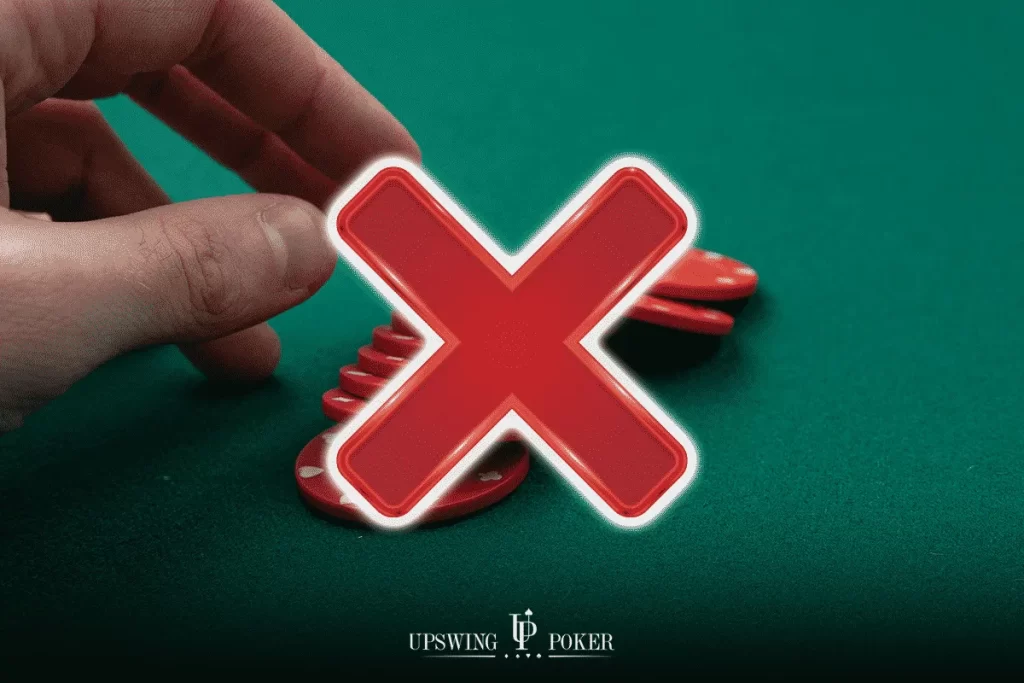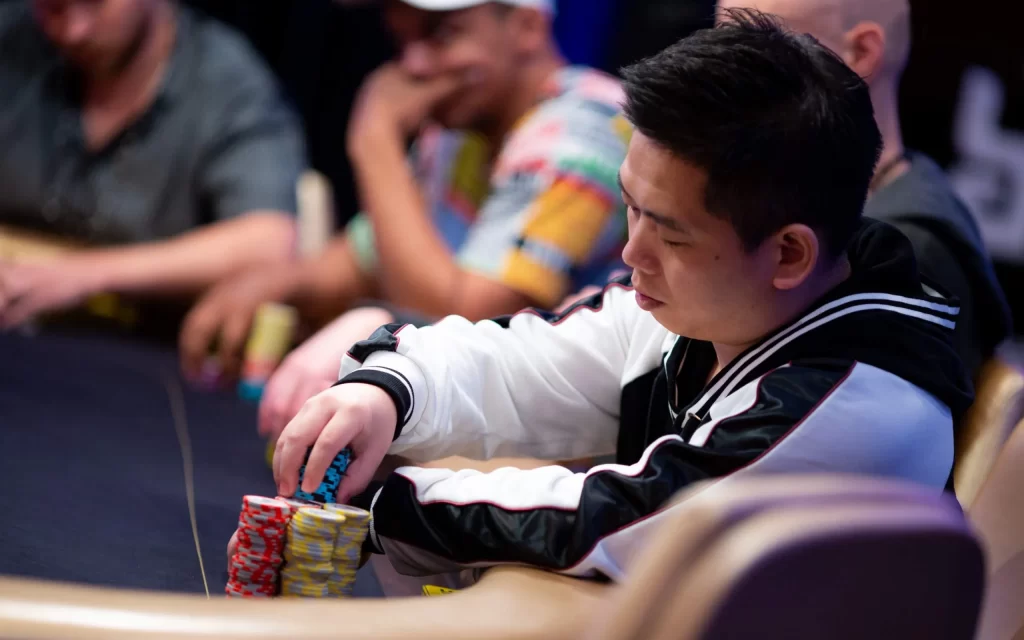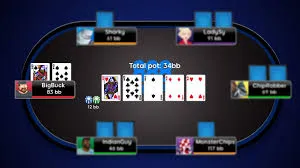Let’s start with the basics Blocking Poker. To understand the concept of “unlocking,” we first need to make sure you understand “blocking.” In both live and online poker, it is a game of low information because your opponents do not reveal their cards during play. But if you are holding a certain card, your opponent cannot have that card. Therefore, you are said to be “blocking” them from having that card NN777.
Why Are Blocking Poker Important?

Blocking is important for both amateur and professional players for a number of reasons. For example, they are especially useful for timing your bluffs. If you have a broken flush, you know that your opponent is less likely to miss their flush. After all, of the 11 cards you need them to have, two are already in your hand.
Blocking is also something to consider when you are trying to bet for value. If you have the strongest hand, you know that your opponent is less likely to have a strong hand. Therefore, you must take this into account when determining your bet size.
Different Types of Poker Blocks

In recent years, the use of blocks in poker at BMWbet has come a long way. At first, they were only used for strong hands in certain situations, but now they are also often used for weaker hands in different stages of the game. However, the most effective blocks are still often used for big bluffs.
Here are some types of poker game blocks:
The Strongest Poker Blocks
These are blocks used in the case of the strongest hand in a particular situation – the so-called “nuts”. These can be the strongest flush, the strongest straight or the strongest straight.
In the beginning, players often only used the most obvious blocks, such as the strongest flush block or the straight block. Sometimes, a pair block on a pair board is used to block a straight three. It is common practice to use them to make a very strong bluff bet in a large pot to force an opponent to fold a stronger hand.
Value Poker Blocks
These are blocks for formed hands of medium strength, such as three of a kind and two pair.
As the game progresses, even a seasoned professional poker player can make a serious mistake with a top pair because they understand that it will be difficult for an opponent to get a stronger hand such as a top set or top two pair. They start to adopt more aggressive strategies with top pairs and potential straights, read the board more carefully, etc.
Poker Blocks for Low Value Hands

Future and draw blocks are used in the case of medium value hands.
As strategy calculators are used in the game, these blocks become more common. So many players are not only looking to block top pair anymore, but also to block strong draws. In the past, people used to block their strongest hand when a flush appeared, but now they tend to use their strongest hand (or even their second or third strongest hand) to choose to raise later or continue betting in order to use it on later betting rounds.
Reverse Poker Blocking
A reverse block can help you unlock the ability to fold on the current and/or later betting rounds.
As the game progresses, players are discovering that hands that don’t seem to block many other hands, in fact, act as great betting candidates because they allow us to have some reverse blocks against our opponent’s hand, and can unlock the ability to fold on the current and later betting rounds.
So, What Is Unlocking?
By definition, the opposite of blocking a Poker hand is unlocking a hand. And while holding blockers reduces the likelihood of your opponent having certain combinations, unlockers are cards that do not reduce that likelihood. In other words, they are cards that make it more likely that your opponent will have a particular hand.
Still confused? Let’s say you’re holding 5-5 on a 4-6-K-7-3 board. You’ll immediately notice that your pair of 5s is blocking your opponent’s straight. Since there are only two straights left in the deck, the likelihood of your opponent having such a straight is very low.
However, there’s also a potential flush here, and you don’t hold any diamonds. So your hand is also unlocking a flush. This is exactly the kind of hand you want your opponent to have in this situation.
